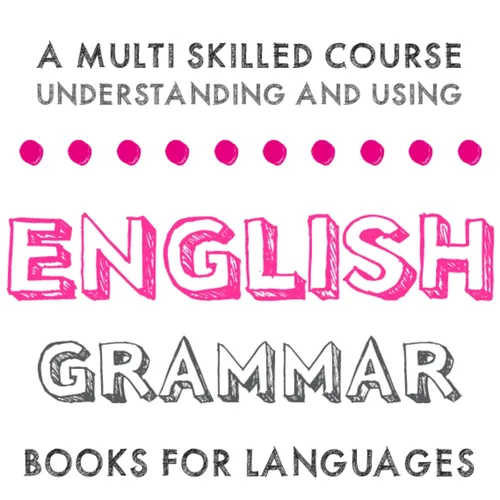
Books4Languages (English)
Open Educational Resources for Teaching and Learning English as Second Language which can be reused, modified, and shared and that provide unconstrained materials for the benefit and the enjoyment of others.
https://books4languages.com
- Update frequency
- every day
- Average duration
- 3 minutes
- Episodes
- 126
- Years Active
- 2019
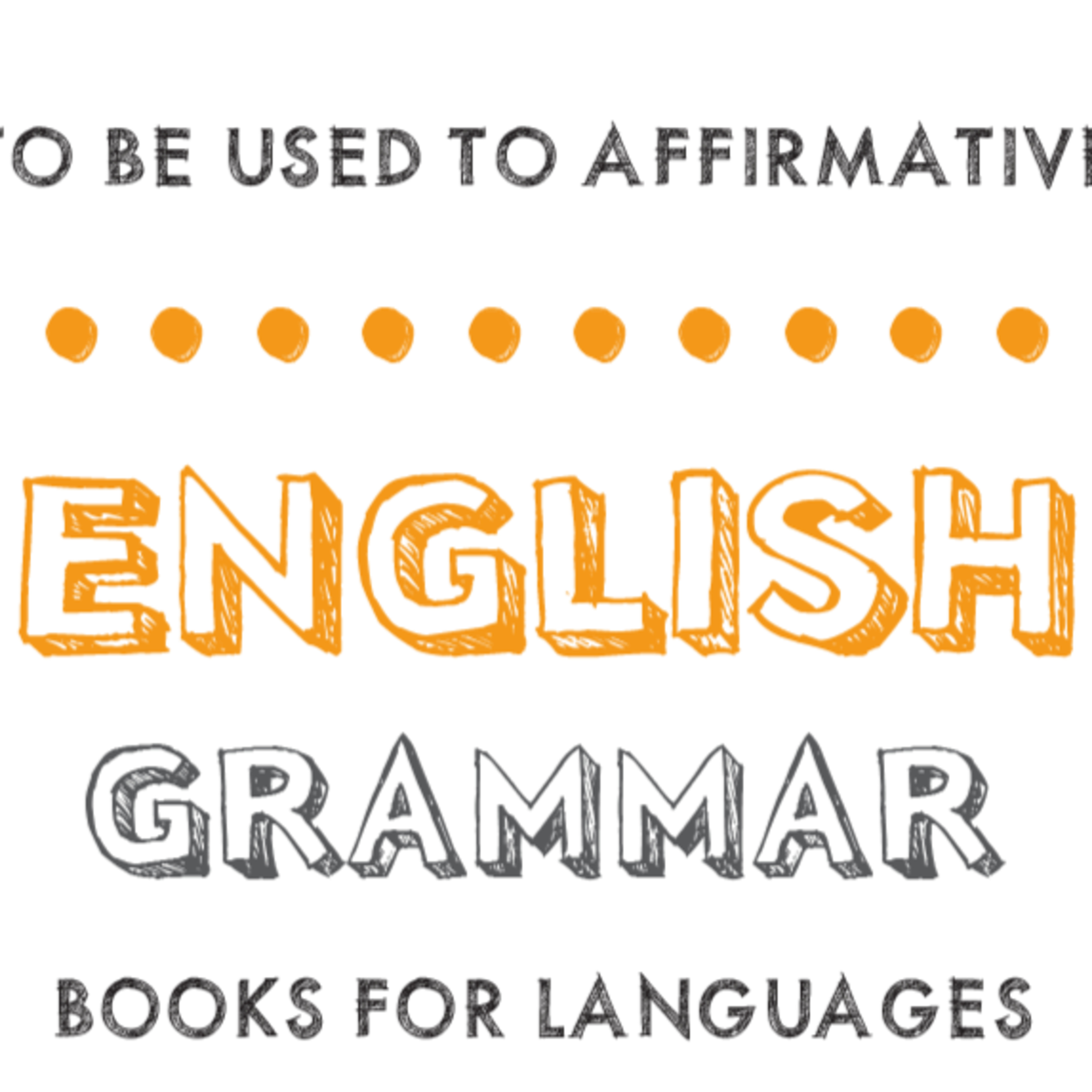
To be used to Affirmative
To be used to is a structure used to express habits and customs that are familiar to us.
When expressed in its affirmative form, the verb confirms that the subject has some customs.
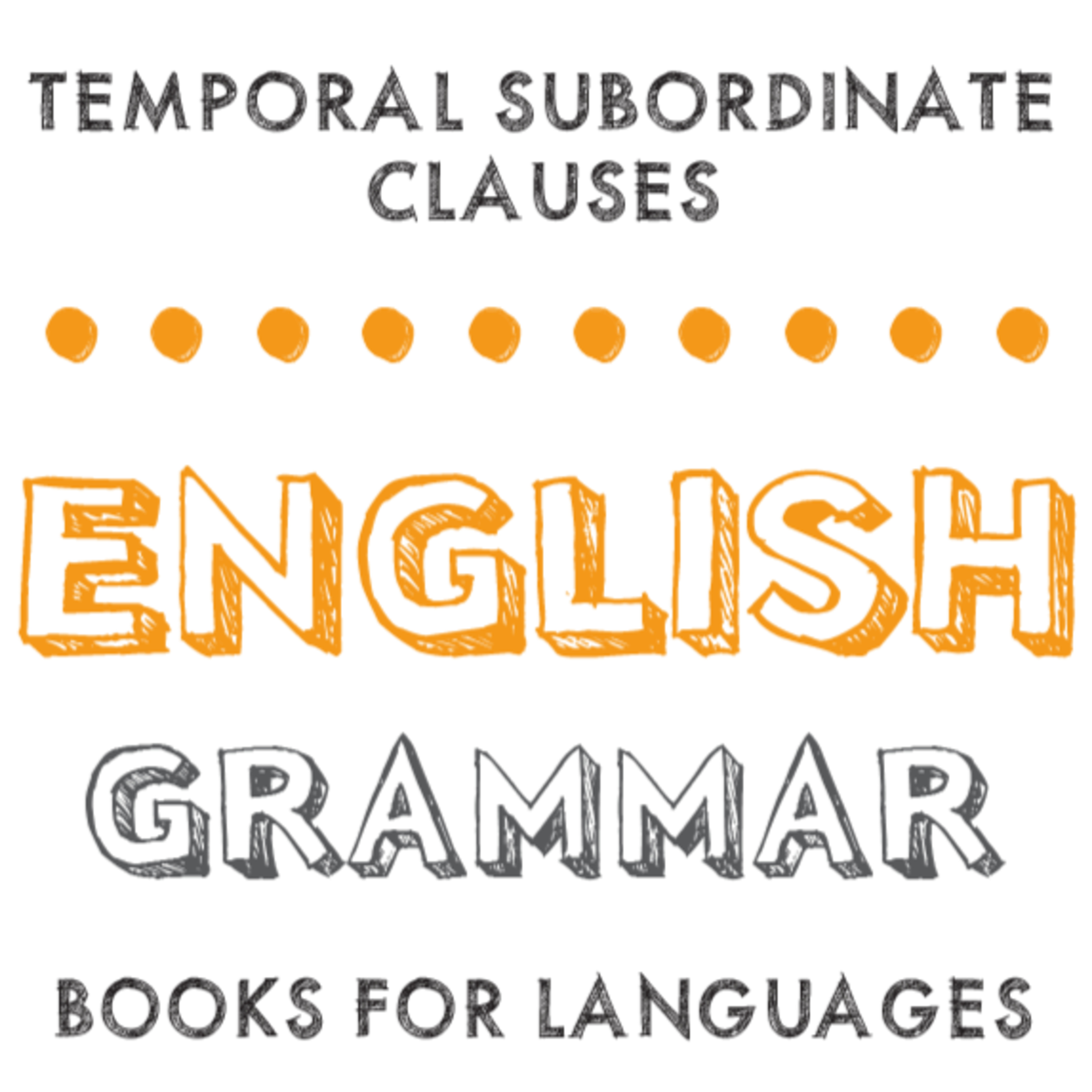
Temporal Subordinate Clauses
Temporal clauses are part of the adverbial clauses which are composed of independent and dependent clauses, linked by connectors. The connectors of temporal clauses refer to a specific point in ti…
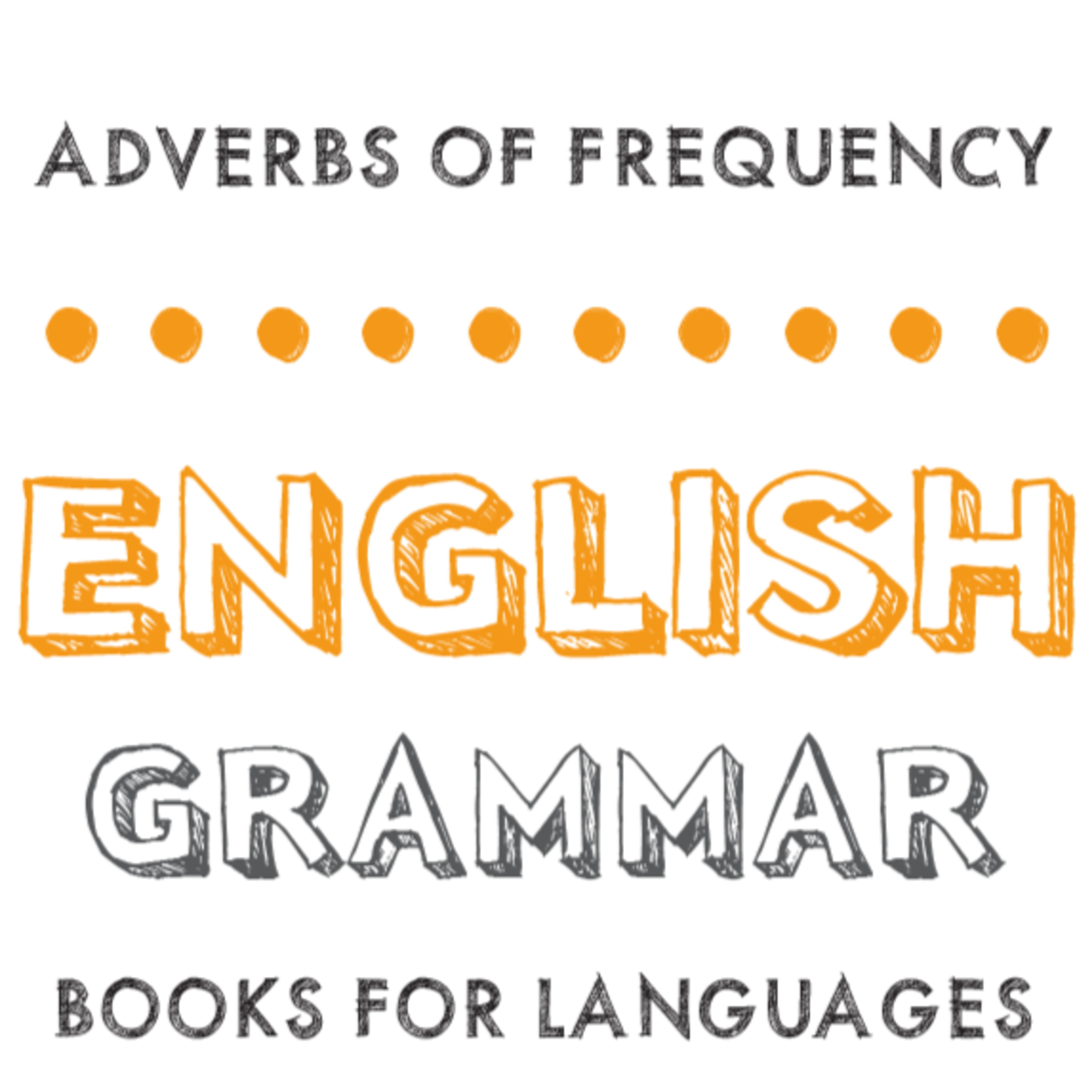
Adverbs of Frequency
Adverbs are nouns that function as modifiers of other elements of the clause. They can provide a wide range of information.
Adverbs of frequency are used to provide information about the frequency of…
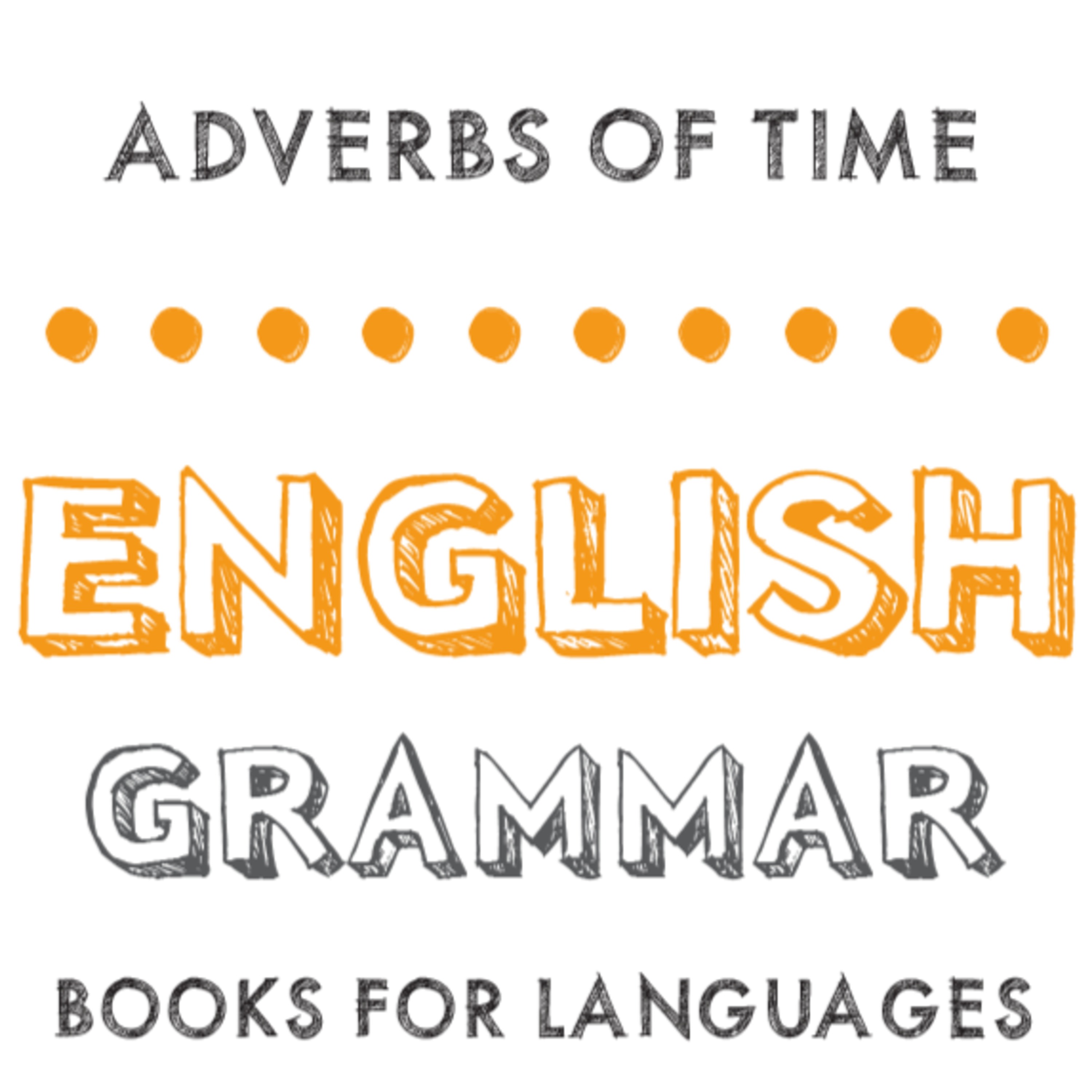
Adverbs of Time
Adverbs are nouns that function as modifiers of other elements of the clause. They can provide a wide range of information.
Adverbs of time are used to provide information about the time.
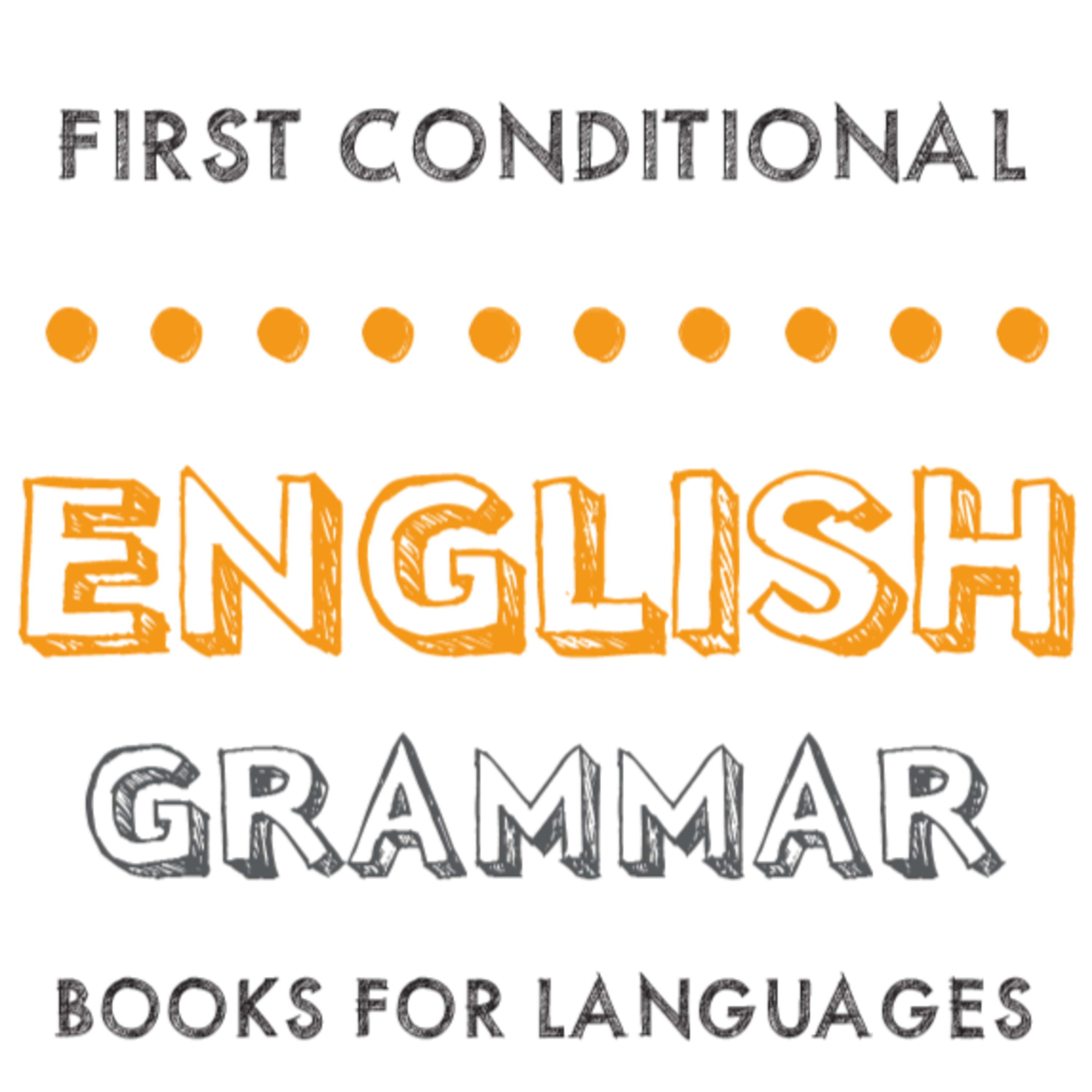
First Conditional
A conditional sentence is usually composed of two parts: the if-clause (or conditional clause) that expresses the condition, and the main clause that expresses the consequence of that condition.
Firs…
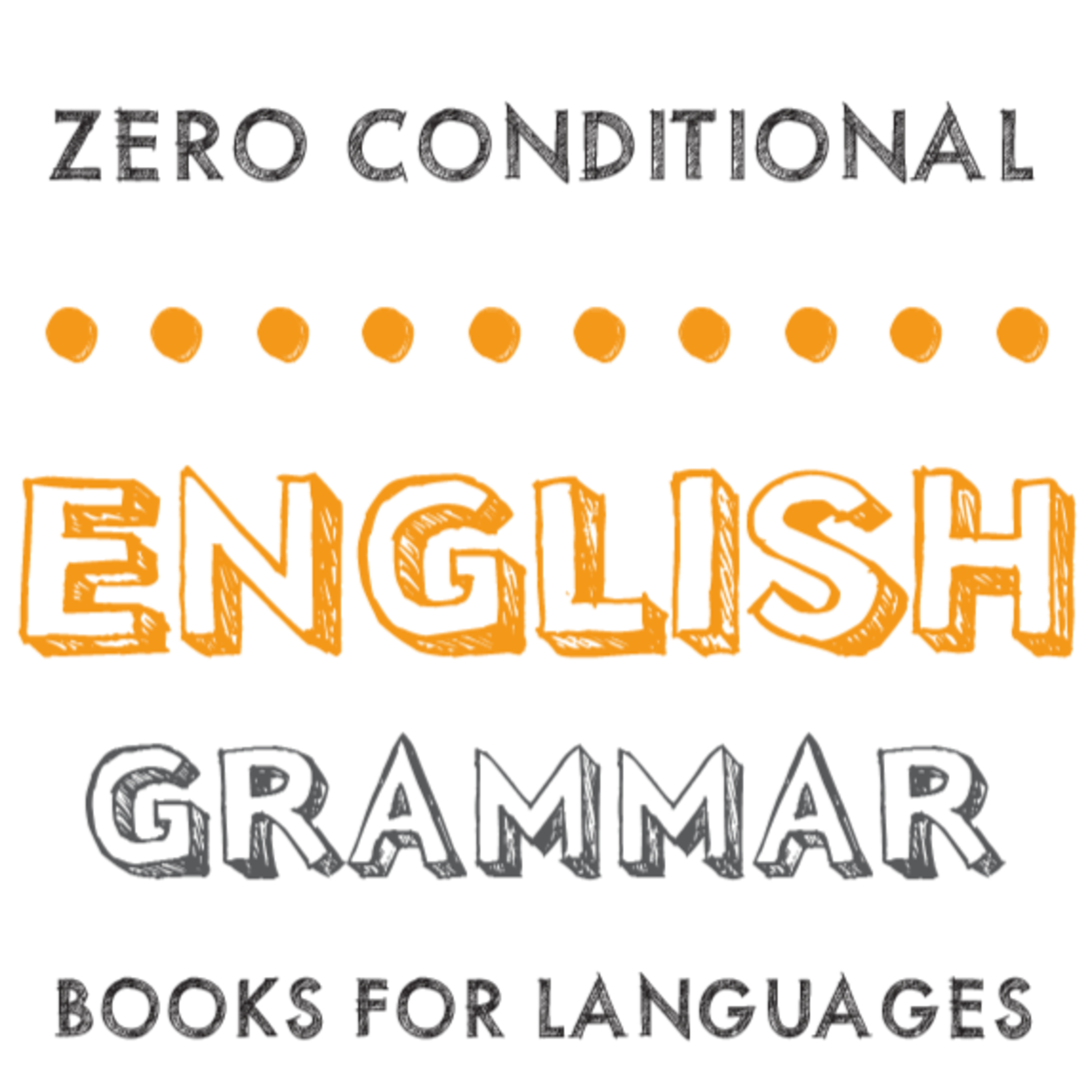
Zero Conditional
A conditional sentence is usually composed of two parts: the if-clause (or conditional clause) that expresses the condition, and the main clause that expresses the consequence of that condition.
We u…
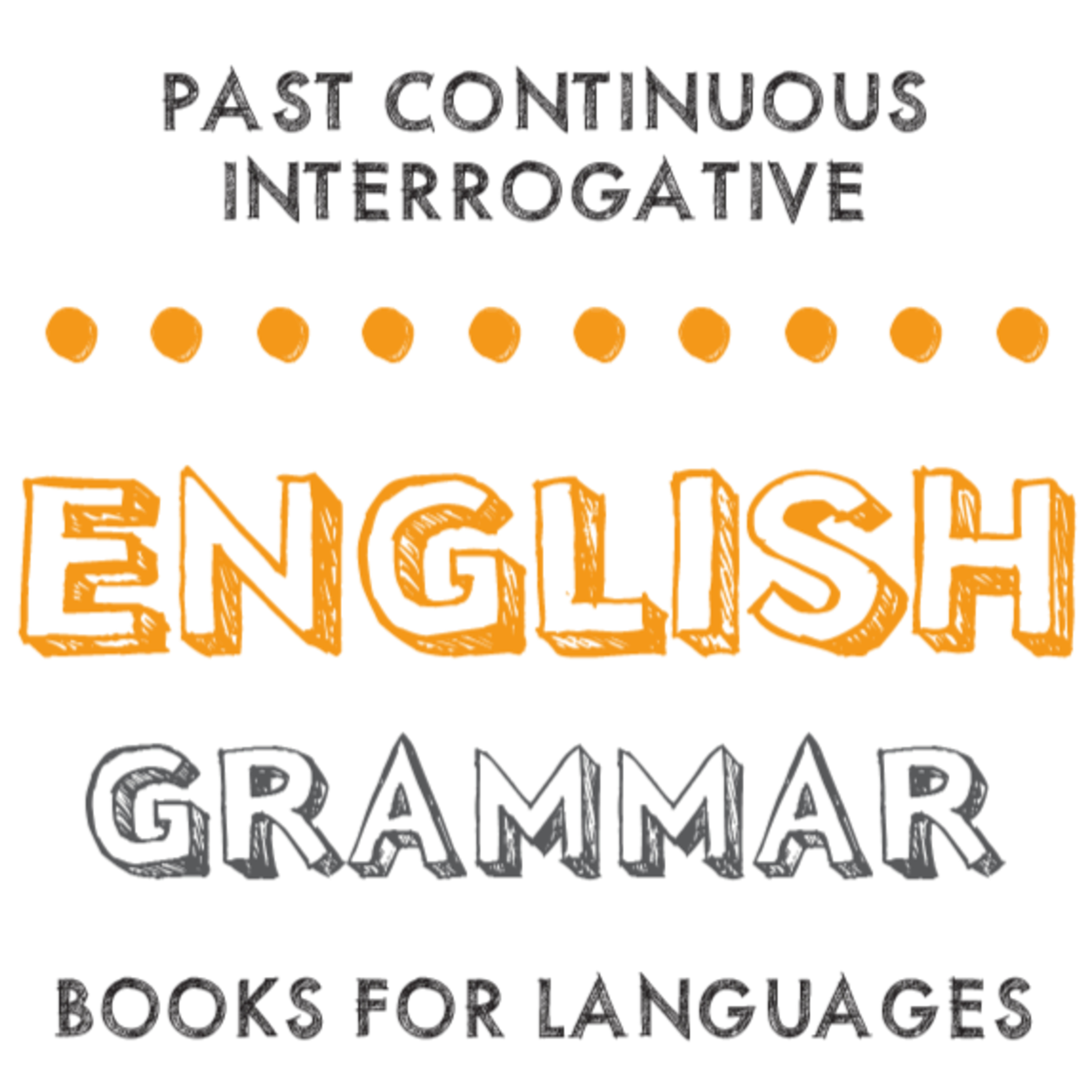
Past Continuous Interrogative
The past continuous (or progressive) is the tense used to express situations that take place in the past and were in progress at any moment during a period of time.
When expressed in its interrogat…
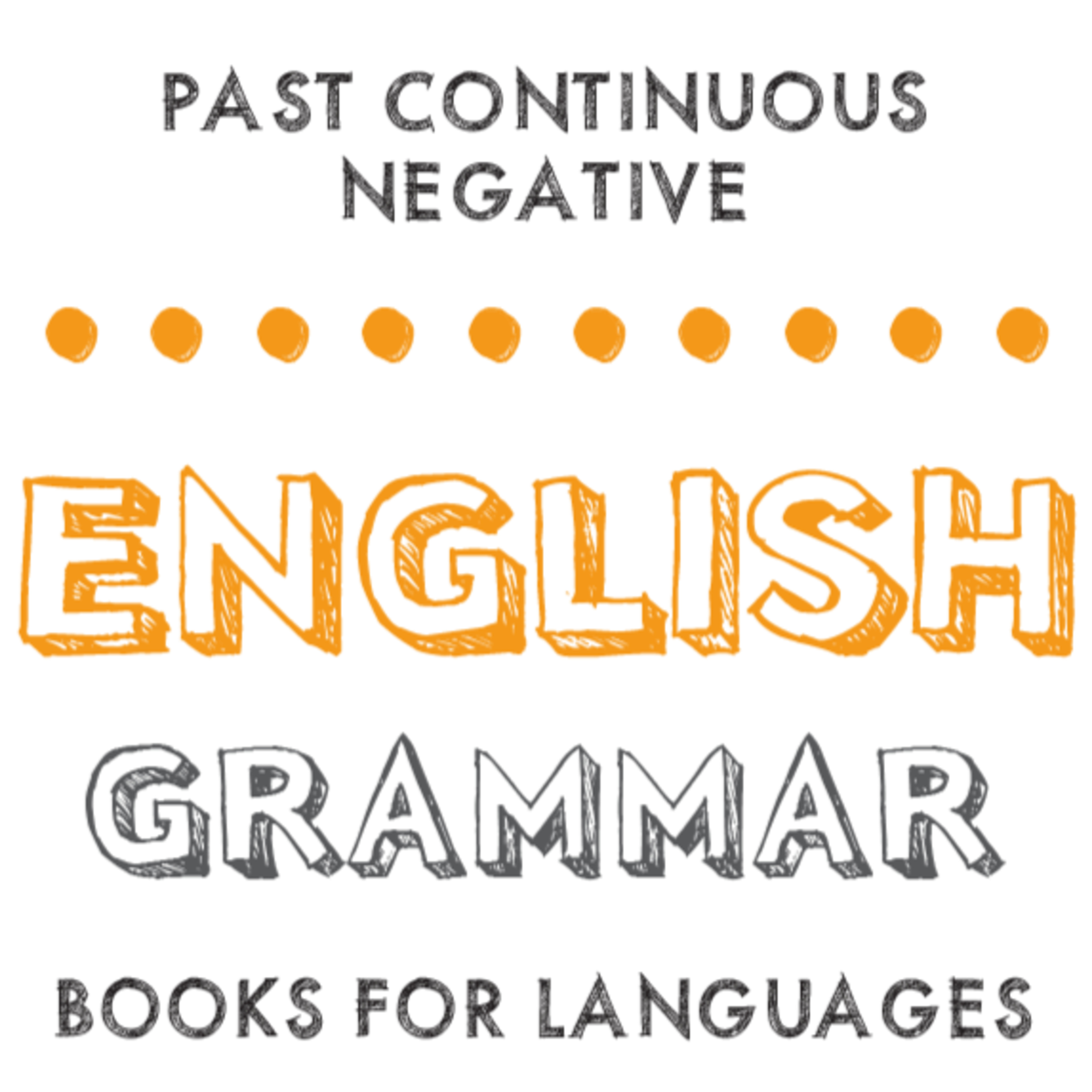
Past Continuous Negative
The past continuous (or progressive) is the tense used to express situations that occurred in the past and were in progress at any moment during a period of time.
When expressed in its negative form,…
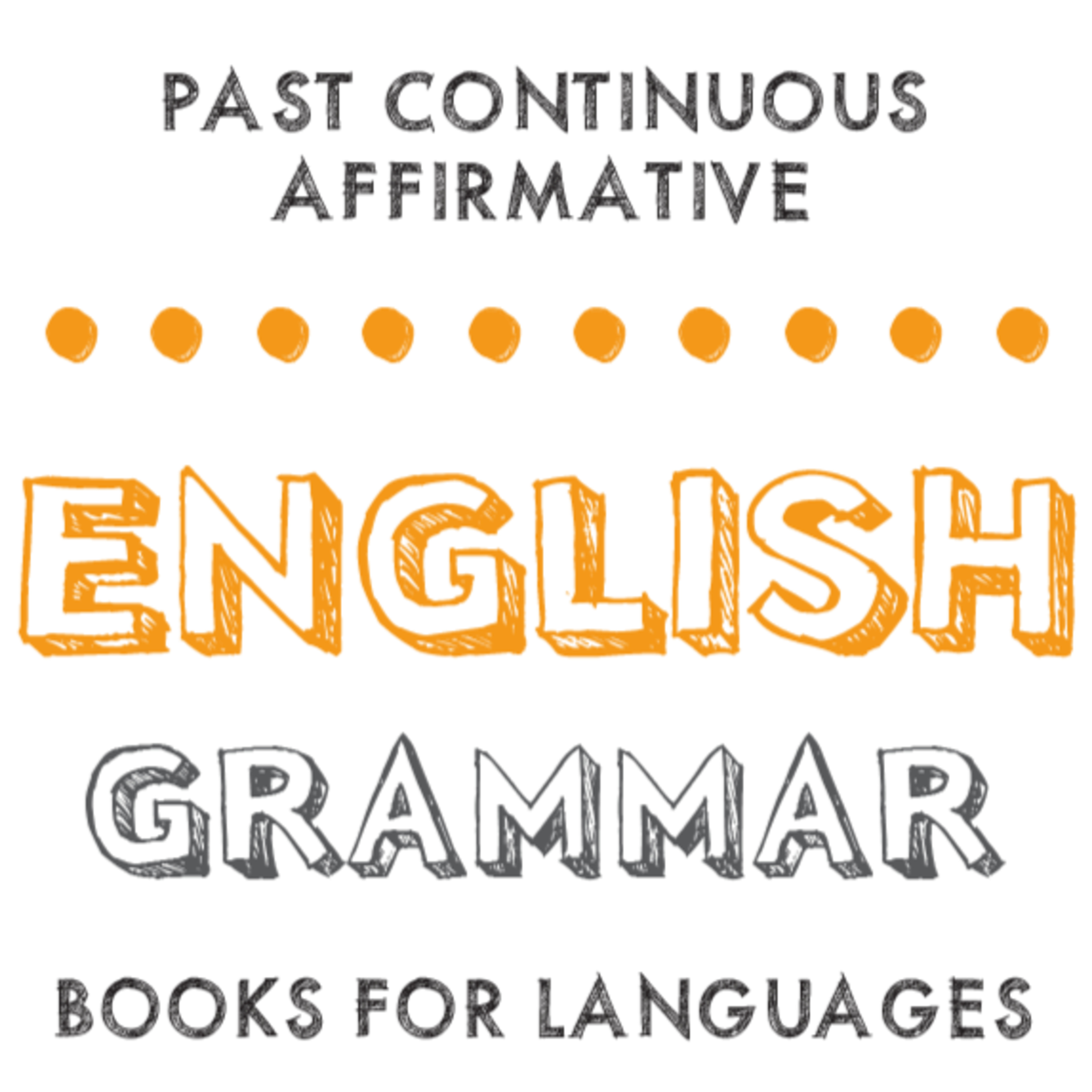
Past Continuous Affirmative
The past continuous (or progressive) is the tense used to express situations that occurred in the past and were in progress at any moment during a period of time.
When expressed in its affirmative fo…
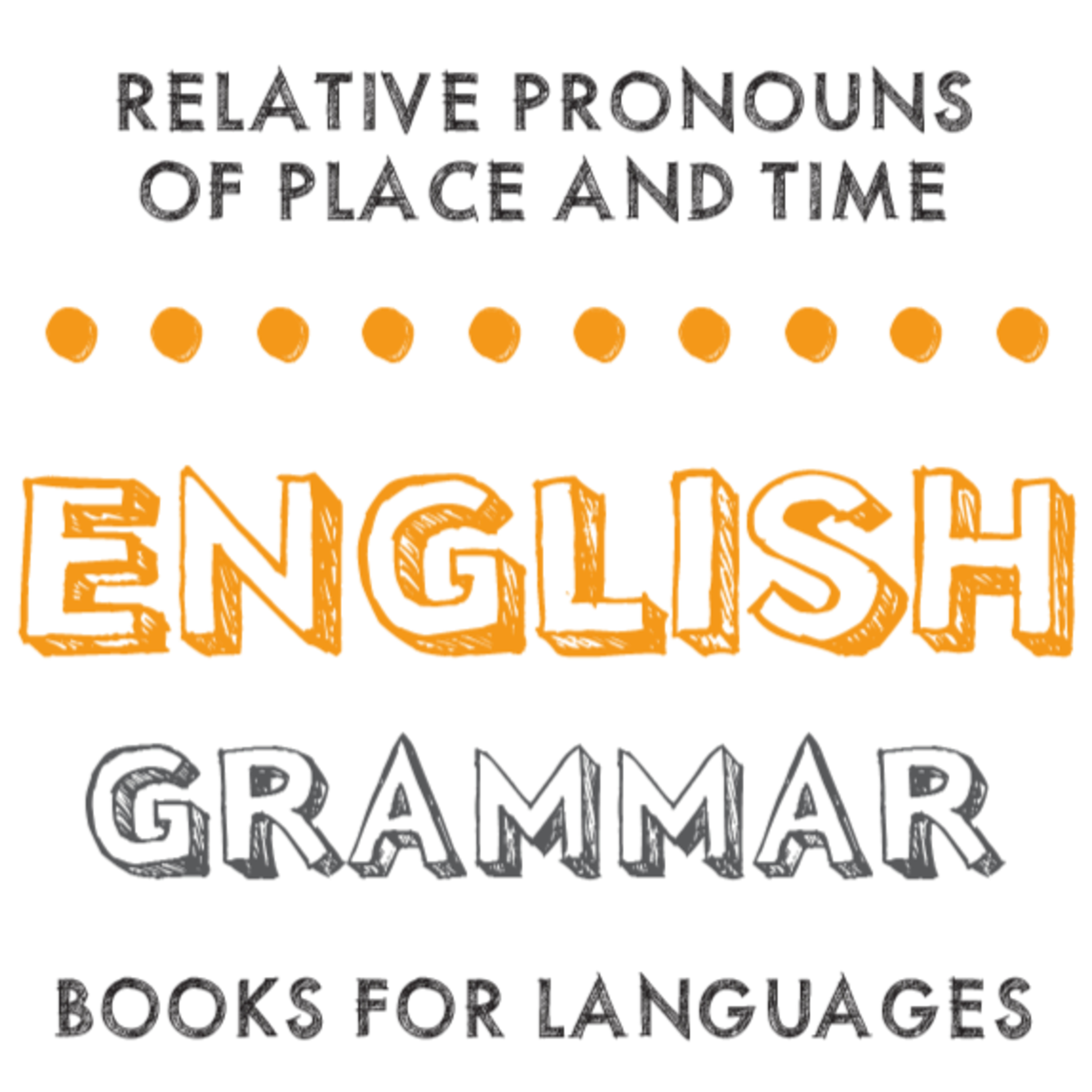
Relative Pronouns of Place and Time
Pronouns are words used to avoid repetitions of a noun {see Subject Pronouns, A1 Level}.
Relative pronouns are used to introduce relative clauses. They refer to place and time by replacing the subj…
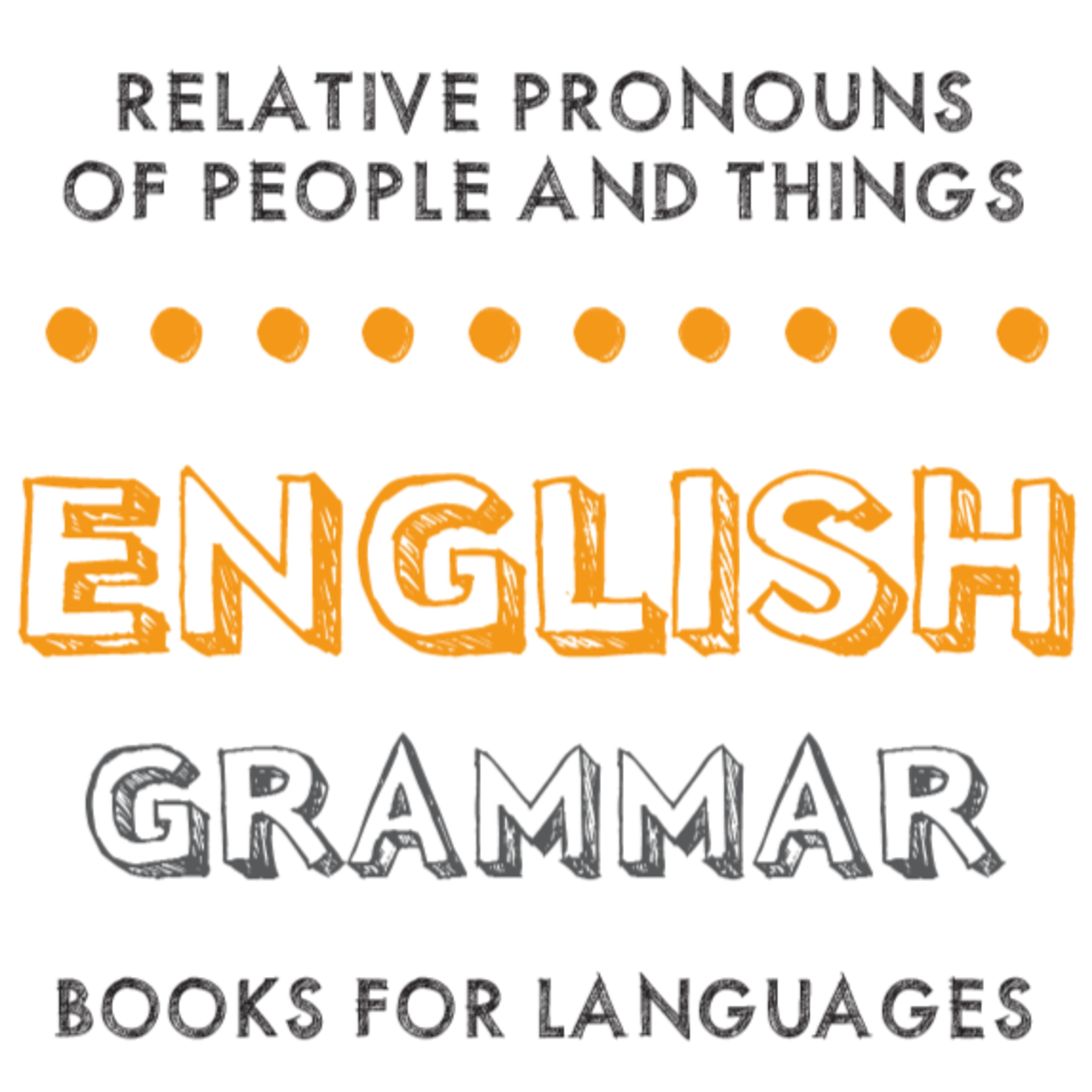
Relative Pronouns of People and Things
Pronouns are words used to avoid repetitions of a noun {see Subject Pronoums, A1 Level}.
Relative pronouns are used to introduce relative clauses. They refer to people or things by replacing the su…
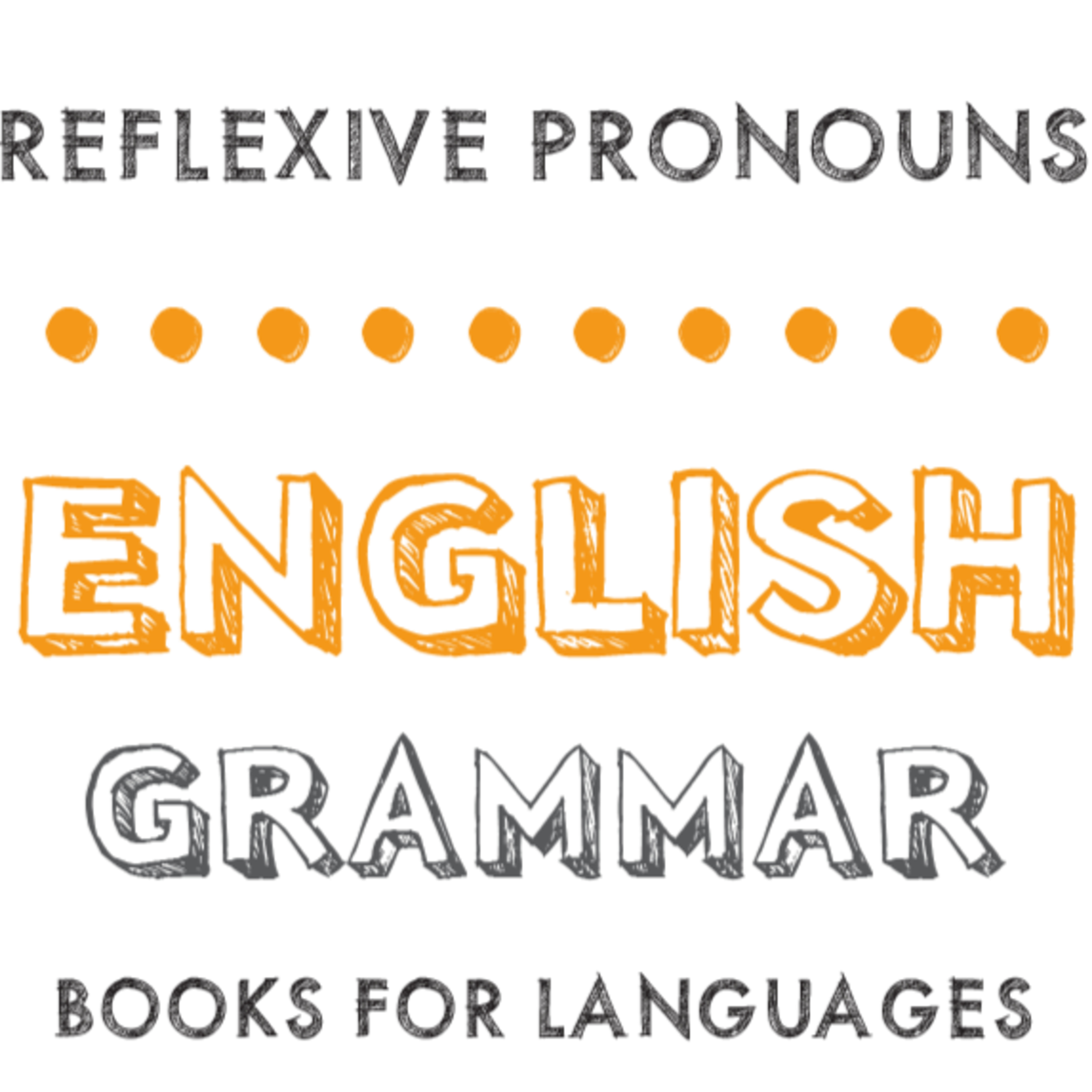
Reflexive Pronouns
Pronouns are words used to avoid repetitions of a noun {see Subject Pronouns, A1 Level}.
Reflexive pronouns are used to emphasise the subject of the sentence.
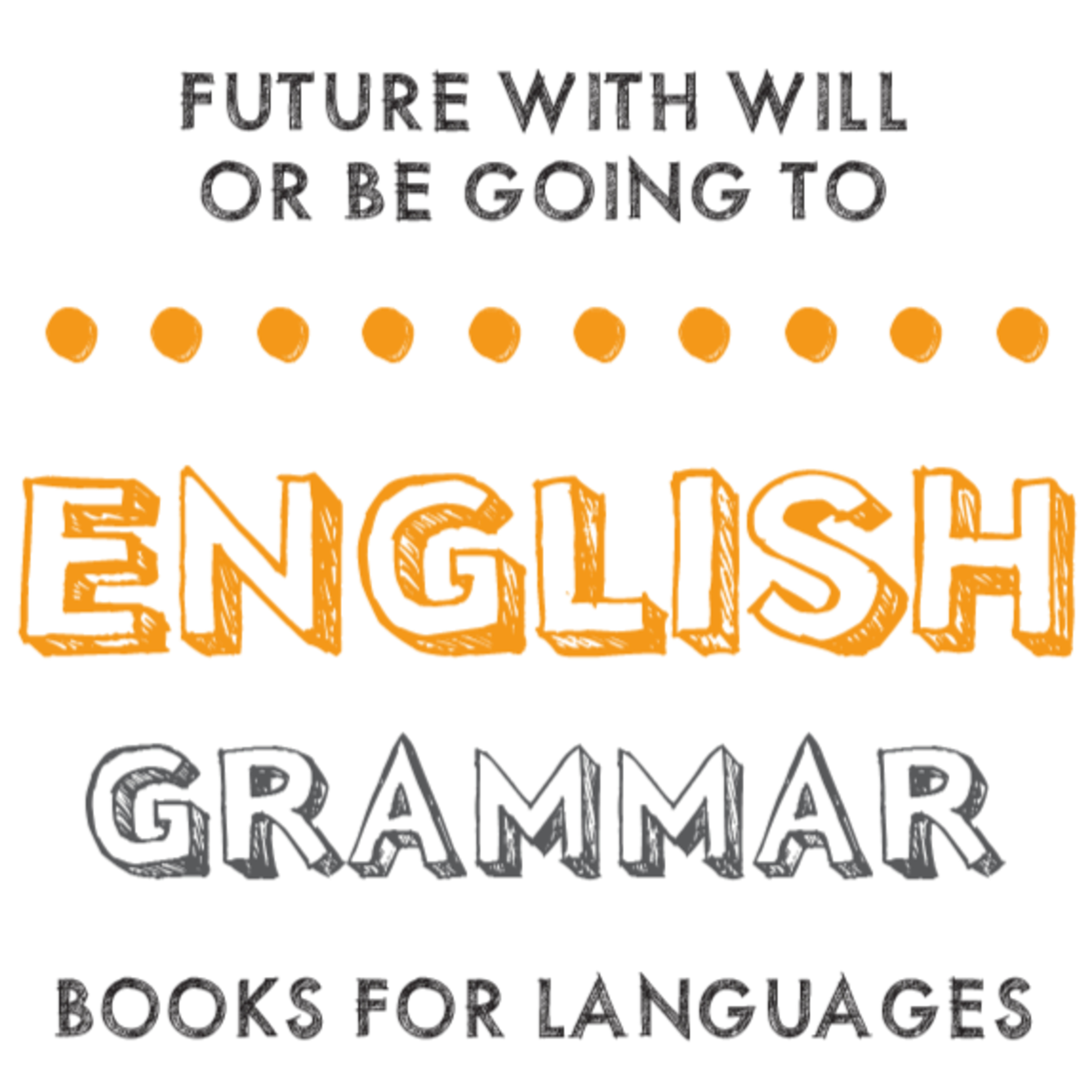
Future with Will or Be going to
The future is the tense used to predict or express future events.
We use the future simple to express spontaneous decisions, opinions and hopes {see Future Simple, A2 level}.
Be going to is used to e…

Be going to
Be going to is a structure that refers to the future {see Be going to, A1 level}.
https://open.books4languages.com/english-a2-grammar/chapter/be-going-to/
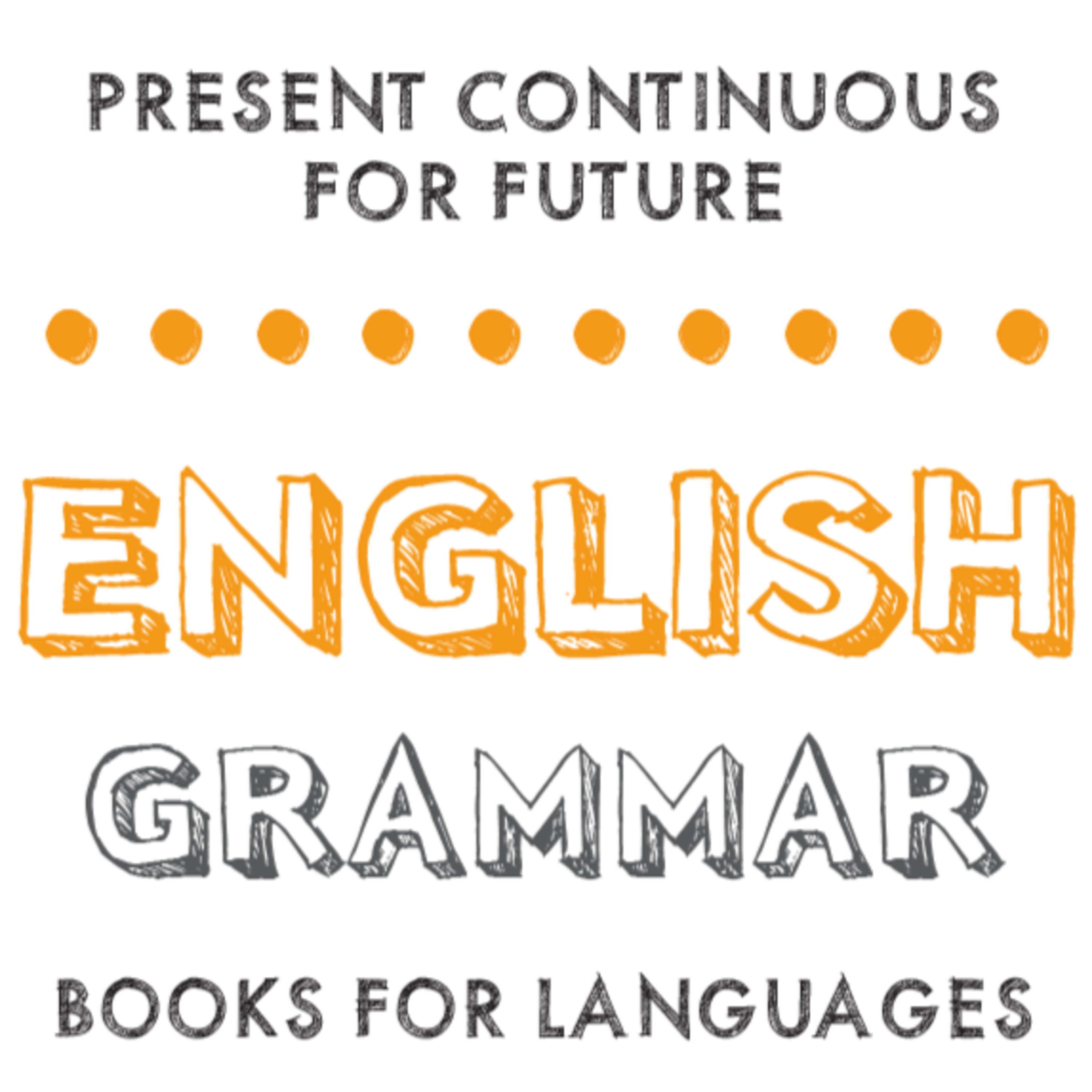
Present Continuous for Future
The future is the tense used to predict or express future events.
When we use the present continuous structure we refer to fixed plans {see Present continuous, A1 Level}.
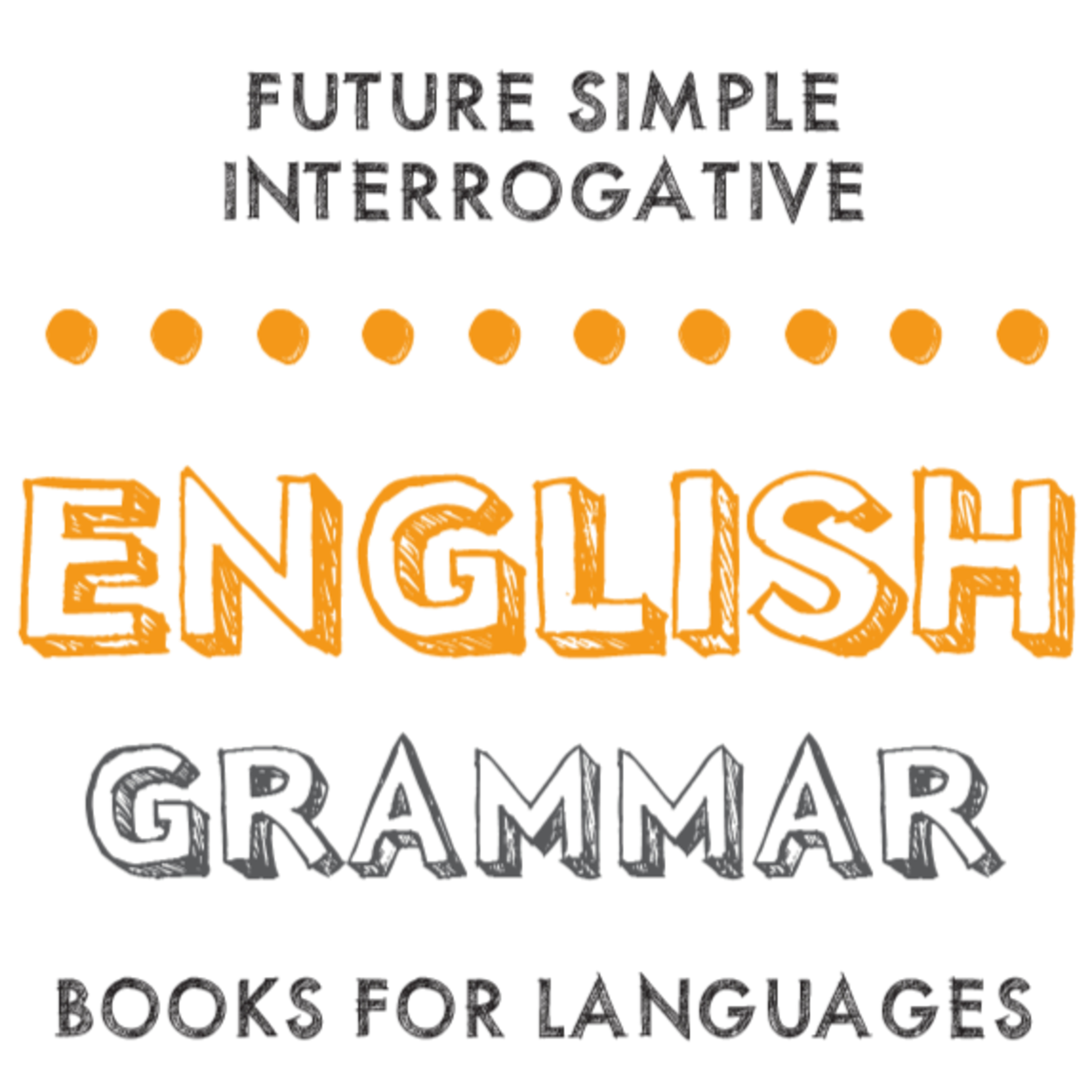
Future Simple Interrogative
The future is the tense used to express future events. We use the future simple structure to introduce predictions, beliefs or intentions about the future.
When expressed in its interrogative form, i…
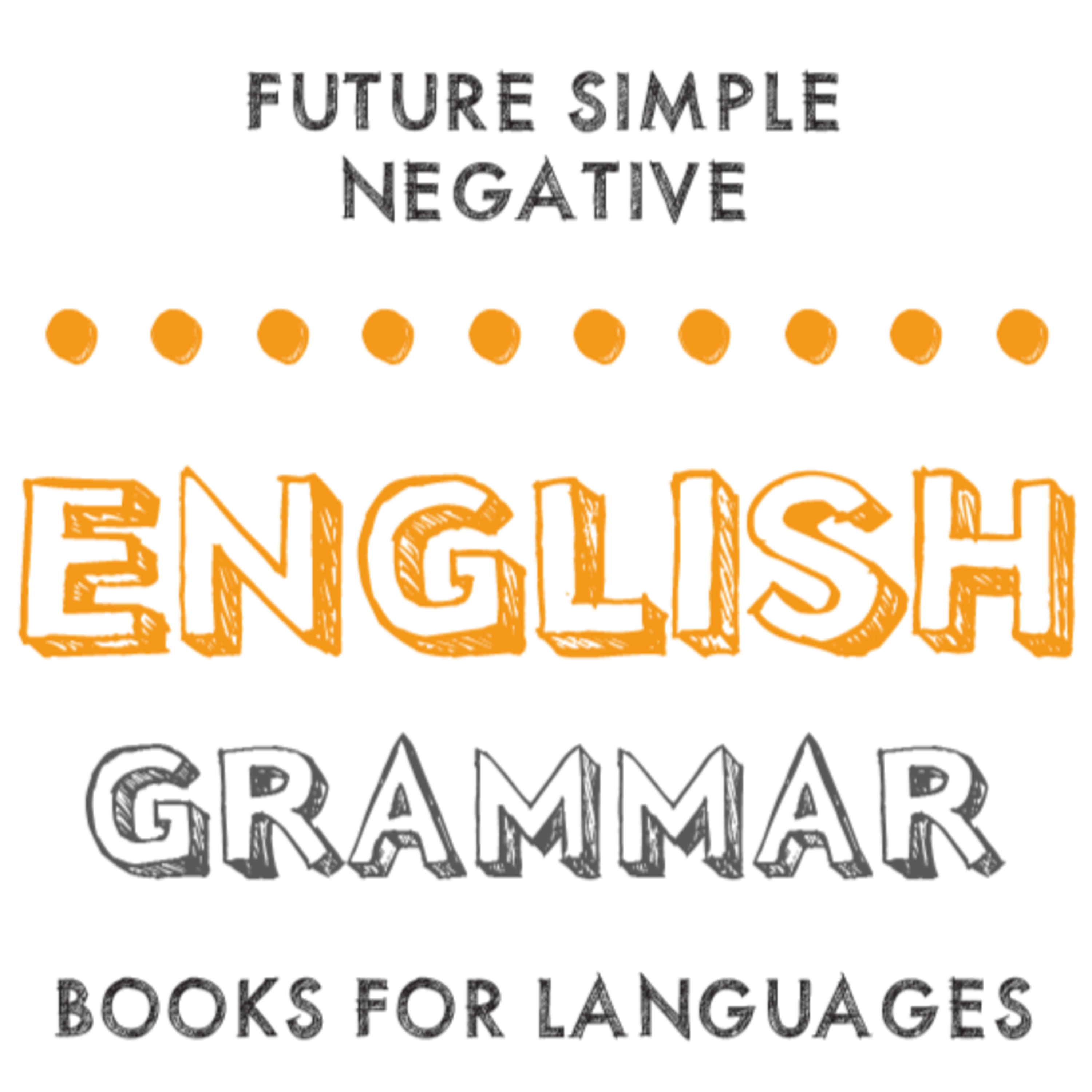
Future Simple Negative
The future is the tense used to express future events. We use the future simple structure to introduce predictions, beliefs or intentions about the future.
When expressed in its negative form, the ve…
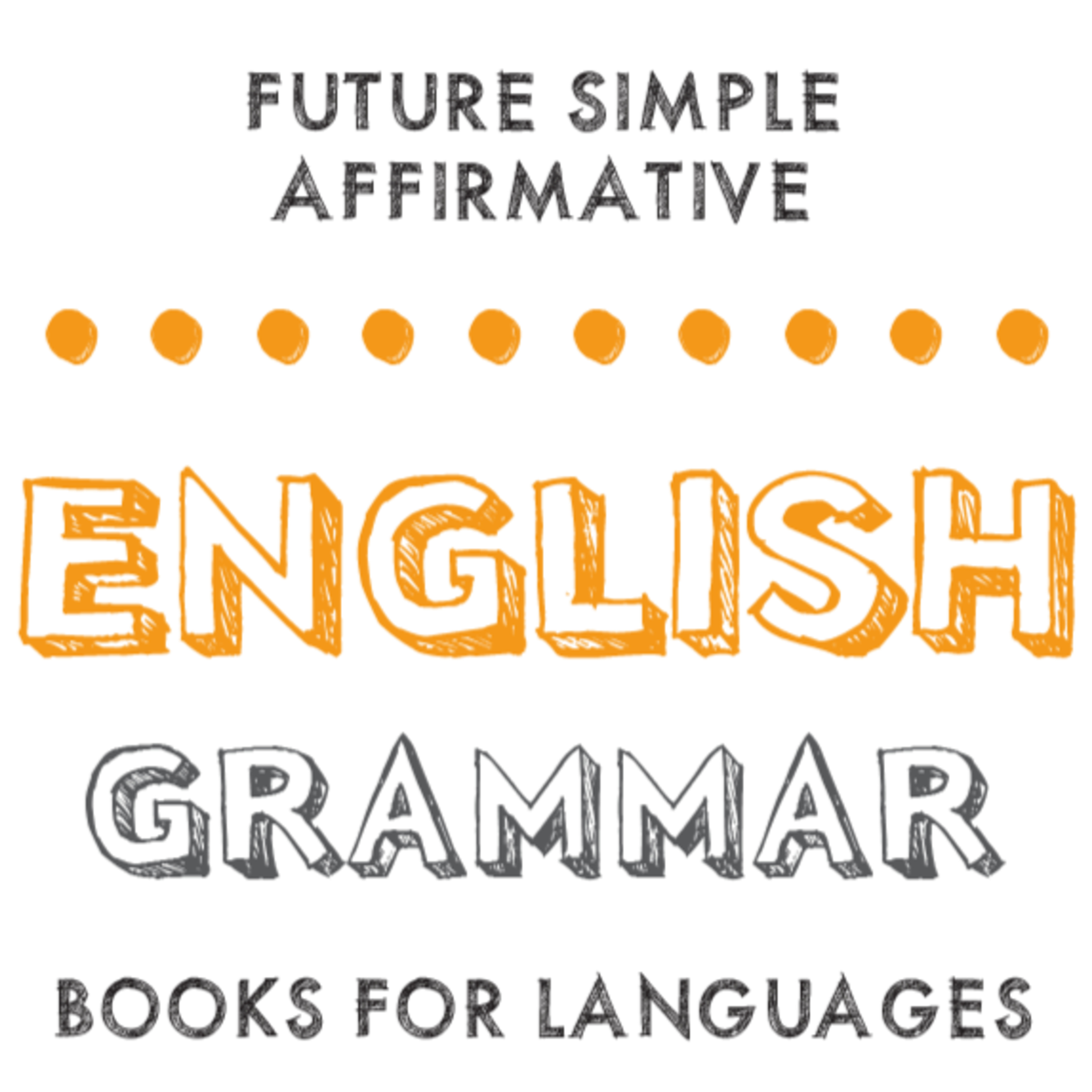
Future Simple Affirmative
The future is the tense used to express future events. We use the future simple structure to introduce predictions, beliefs or intentions about the future.
When expressed in its affirmative form, the…
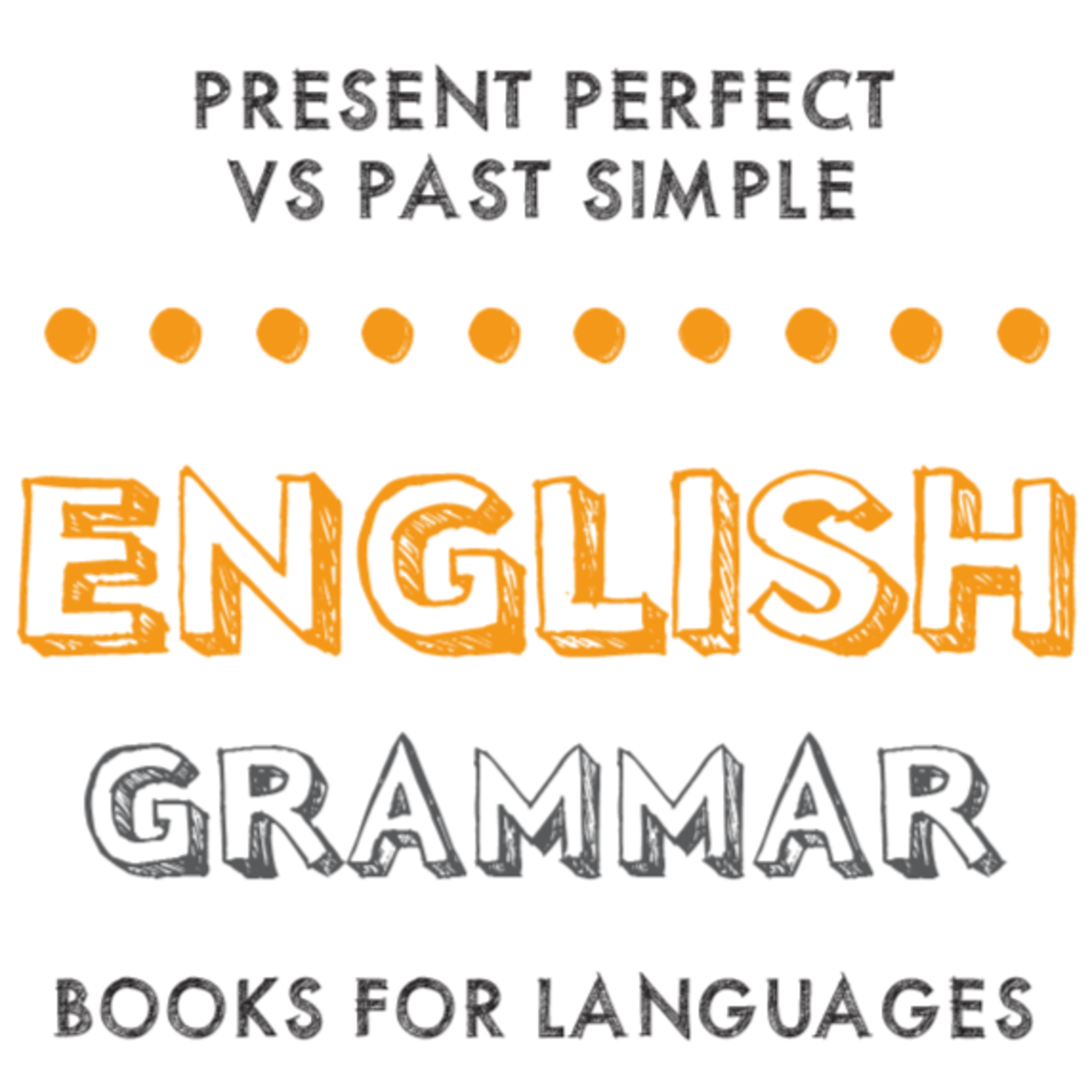
Present Perfect vs Past Simple
The present perfect is used to express completed actions which have occurred in the past, but are connected to the present and still have effects on it {see Present Perfect, A2 Level}.
The past sim…

For and Since with Present Perfect
Prepositions are small words that are related to another element in the sentence. They are essential because they provide additional details about the sentence by locating events, people, and obje…